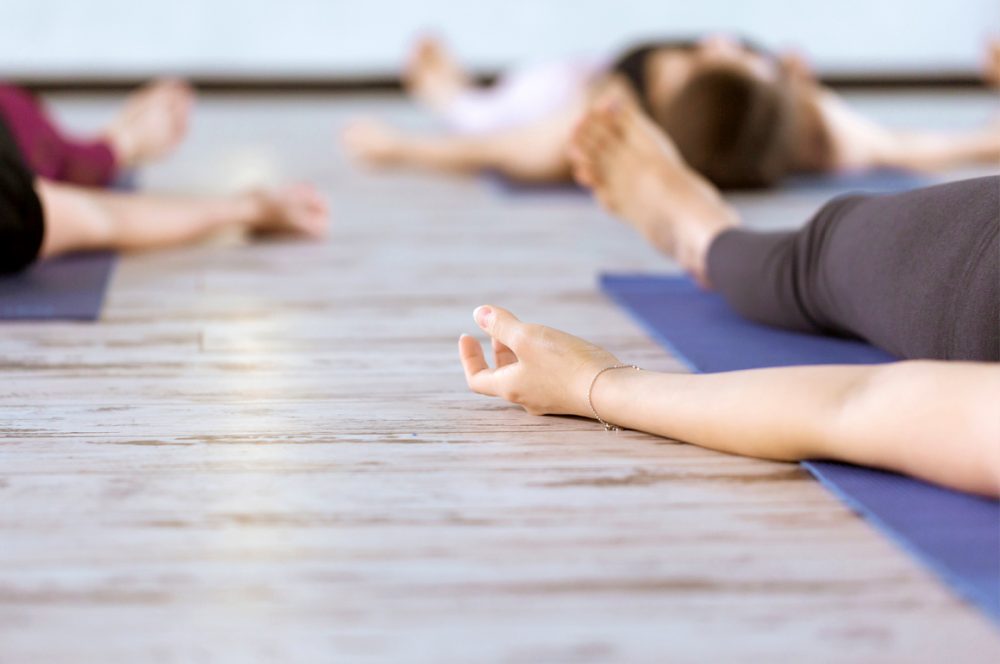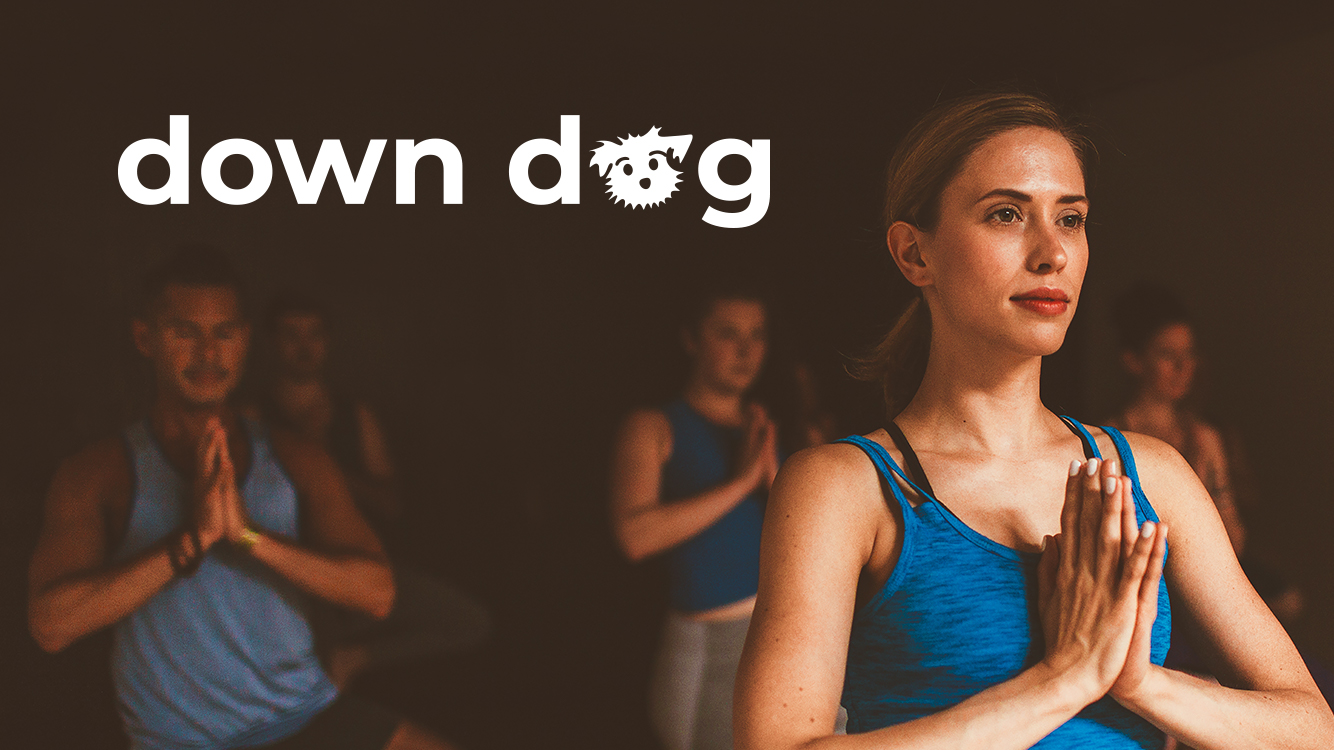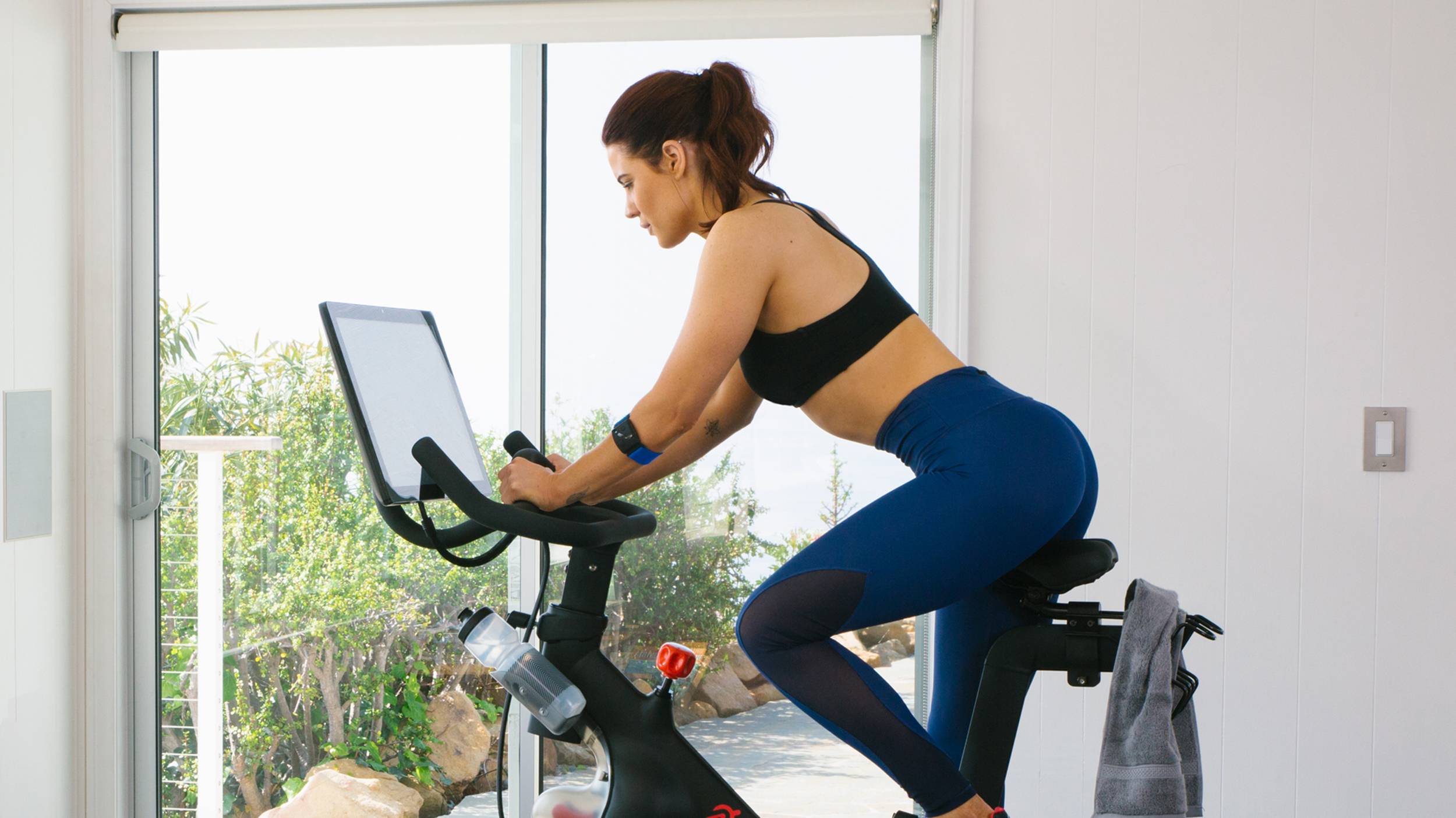
Yoga is a form of yoga that involves the use of poses to massage various organs. These poses improve flexibility as well as strength. Find out more about asanas, and how they can help you. In this article we will describe asanas along with their benefits. This article will help you determine the best position for your needs. Let's begin by briefly explaining asanas.
Yoga asanas can be described as a type of yoga.
Yoga asanas are postures that help to lubricate muscles and joints. They improve circulation and increase flexibility. They can also help to elevate consciousness. Each pose targets different parts of the body. People with different health issues can find the right one for them. This article will discuss the various yoga poses and explain the benefits.
They can be used to massage the different organs of the body.
Yoga asanas not only improve the health of the internal organs but also increase circulation. Asanas improve flexibility, lubricate your joints and muscles, and promote healthy blood flow. Different asanas are targeted towards different areas of the body. The right asana for you depends on your specific health condition. Inversion is a good option for those with high blood pressure as it can help to reduce the symptoms of irregular periods. The resulting stretch and massage also improves the health of the nervous system, counteracting the effects of stress, and is an excellent way to promote sleep.

They improve flexibility
Yoga asanas are postures that are used to increase flexibility. But beginners should remember some safety tips. Yoga done incorrectly can lead to injury. Avoid sitting in postures that cause unnecessary stress to the hip joint, intervertebral discs, or spine. Engage your core during asanas. You will not only increase your flexibility, but also build a stronger core which will lead to better overall health.
Strength
Asanas can help strengthen the body and maintain a balanced, focused mind during yoga. For a yoga practice to be effective, it is important to strengthen key muscle groups. Tadasana (a yoga asana) is a great example. It requires wide feet and the use of your palms to face down.
Balance
The benefits of balancing asanas are many. They can improve coordination and balance, strengthen the body, connect the mind and spirit and increase awareness of your current state. They are also good for emotional stability. Continue reading to learn more about balance asanas. Below are the benefits of practicing balance yoga. Once you learn how to perform these postures, you will be able to practice them safely and efficiently.
Anxiety
Yoga poses can help with anxiety. These positions help calm the mind and increase energy. Yoga poses stretch the legs and back regions. Anxiety can also be combated by focusing on your breathing. You should find yoga poses that relax and calm you. For these types of exercises, you will need to have a blanket or eye pillow. These are some yoga poses that can be used to relieve anxiety and help you live your best life.

Diarrhoea
Diarrhoea (or diarrhea) is a common, but not pleasant, problem in the gastrointestinal system. It's caused by an intestinal wound and usually causes pain, swelling and blood in the stool. Diarrhoea can be acute or chronic, with the former being considered less serious than chronic. Chronic diarrhoea on the other hand is more severe and may require hospitalisation.
Constipation
Many yoga asanas are available to help with constipation. Supine twist is a common one, and it works on the digestive tract by massaging the internal organs. It reduces abdominal tension by pushing trapped wind outside. It is one of the most common asanas to help constipation. Most people are not aware of its benefits. The bends in the legs are good for constipation and improve blood circulation.
Blood pressure
The best way to lower blood pressure is by doing yoga poses. By relaxing your body and mind, you will be able to achieve a peaceful state of mind. These postures can help reduce blood pressure in a variety of ways. Practicing yoga poses can also help you relax and improve your sleep, which are both major risk factors of high blood pressure. These are the top blood pressure asanas.
FAQ
Does yoga have side effects?
Yoga poses some risks, as with all physical activities. The main risk is injury. The main risk is injury.
If you're just starting yoga, you may feel dizzy and faint standing on your head.
This is caused due to blood clotting in your brain. It will pass quickly, so don't be alarmed.
If you have chest pains while doing downward facing dogs, don't hold your breathe. You will only increase the heart rate and make matters worse.
Can I do yoga every single day as a beginner and still be able to practice?
Yoga can be a great way of strengthening your body and stretching. It also helps you relax and release stress. It doesn't take a lot of knowledge to begin practicing yoga. Beginners should practice yoga for 20 minutes three times per week.
This is enough time to get started. Then, you can slowly increase the amount of time you practice.
Are yoga mats necessary?
Not necessarily. Many studios provide mats that students can use. These mats are made from rubber and are very easy to clean.
You can also purchase your mat. A high-quality mat will last many years.
Statistics
- Start your Fall off right with 20% off All Access Membership when you sign up by 9/25! (corepoweryoga.com)
- Gentle yoga has been shown to ease some of the discomforts of tender, swollen joints for people with arthritis, according to a Johns Hopkins review of 11 recent studies. (hopkinsmedicine.org)
- About one in seven U.S. adults practiced yoga in the past 12 months, according to a 2017 national survey. (nccih.nih.gov)
- According to the Agency for Healthcare Research and Quality, falls are incredibly common among older adults in nursing facilities. Even the simplest ones can increase the risk of death (24). (healthline.com)
- In comparison, a 125-pound person is estimated to burn 135 calories in 30 minutes of walking (at a pace of 15-minute miles) and 210 calories bicycling at a moderate pace on a stationary bike. (everydayhealth.com)
External Links
How To
Which is the best place to do yoga?
There are many ways to practice yoga. Everybody is unique. You just need to identify which positions are most comfortable.
Here are some common postures:
Standing poses - These are great for beginners as they allow you to view your body from many angles. They make it easier to concentrate on your breathing.
Forward bends – Forward bends can be used to loosen tight areas in the body. You can do them sitting down or lying down.
Backbends-Backbends are generally considered advanced poses. Ask your instructor for advice if you're interested in trying it.
Inversions - These are poses that require you upside down to balance. This type is challenging, but rewarding.